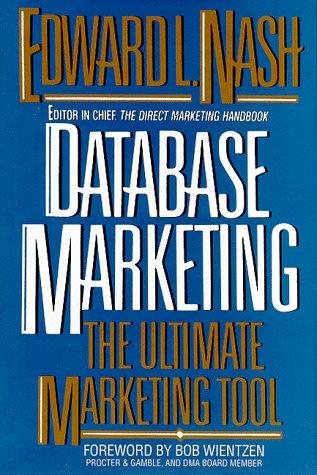Question
1. Explain the purpose of the cp command, outlining how a copy operation differs from a move operation in Linux, particularly with respect to directories.
1. Explain the purpose of the cp command, outlining how a copy operation differs from a move operation in Linux, particularly with respect to directories. Explain and demonstrate how wildcard values can be used to accomplish the copying of multiple files simultaneously. Use both relative and absolute pathnames in your demonstration. 2. Explain the concept of a recursive copy operation, and then demonstrate the process of recursively copying a directory and its contents using the cp r command. 3. Describe and then demonstrate the purpose of both the rm and rmdir command. Show students what happens when you attempt to remove a directory with rm, or when you attempt to remove a directory that contains files with rmdir. Explain how the rm r command can be used to remove all the files within a directory, along with the directory itself. 4. Describe the concept of pruning to exclude specific directories, file extensions, and whole filesystems from being indexed by the updatedb command. 5. Explain that wildcard metacharacters can be used in conjunction with the find command, but must be protected from shell interpretation. Demonstrate the use of quotes to achieve this purpose. 6. Explain the purpose of the which command, outlining the fact that it will only search with directories specified by the PATH environment variable. Review and demonstrate the two alternatives to the which command. 7. Explain the purpose of the PATH variable in Linux, outlining how a similar system is used to locate executable programs on Windows systems.
Step by Step Solution
There are 3 Steps involved in it
Step: 1

Get Instant Access to Expert-Tailored Solutions
See step-by-step solutions with expert insights and AI powered tools for academic success
Step: 2

Step: 3

Ace Your Homework with AI
Get the answers you need in no time with our AI-driven, step-by-step assistance
Get Started


